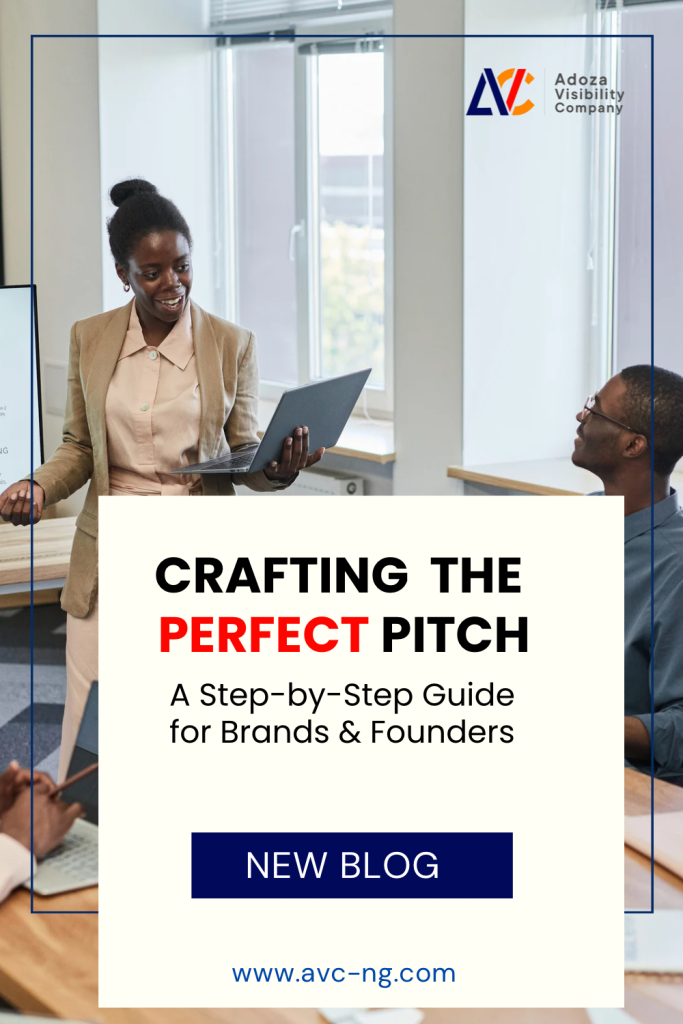Wait — What’s the Difference Between a Power Pitch and an Elevator Pitch?
Great question. They’re related, but not the same.
| Elevator Pitch | Power Pitch |
| Generic intro to who you are and what you do | Impact-driven message that highlights the value of what you do |
| Often formal and rehearsed | Feels natural, conversational, and confident |
| Focused on you (your role, your title) | Focused on them (the transformation you provide) |
| Usually 30–60 seconds | Can be delivered in 15–30 seconds or less |
| Example: “I’m a graphic designer with 5 years of experience.” | Example: “I help small brands turn blah visuals into scroll-stopping designs that sell.” |
👉 In short: An elevator pitch is your job title with a bow on it. A power pitch is a mini-story with impact that sticks.
Let’s face it whether you’re trying to land your next big investor, close a sale, or simply get someone interested in what you do, you need a power pitch.
But what exactly is a power pitch?
Think of it as your business’s opening act the bold, clear, and confident message that tells people who you are, what you do, and why they should care, all in under 60 seconds. It’s your mic-drop moment.
At Adoza Visibility Company, we’re all about helping brands stand tall and speak clearly, so here’s your step-by-step guide to crafting a pitch that opens doors.
Step 1: Start with the “Who” and the “Why”
Begin with your name and what you do, but make it meaningful. Don’t just say, “I run a fashion business.” Say, “I help modern women feel confident and powerful through bold, expressive fashion.”
That little twist? That’s your why and it makes all the difference.
Formula:
I help [target audience] achieve [specific result] through [your product/service].
Step 2: Get Specific About the Problem You Solve
People don’t buy products they buy solutions. Clearly state the problem your brand solves.
Example:
“Most new moms struggle to find skincare that’s safe and effective for postpartum skin. That’s why we created a gentle, dermatologist-tested line designed just for them.”
Boom instant connection.
Step 3: Show Off Your Secret Sauce
What makes you different from the others in your space? This is your chance to highlight your unique value or offer.
Ask yourself:
- What’s your “aha!” factor?
- Do you have a special process, ingredient, feature, or story?
Example:
“Unlike mass-market competitors, our products are handcrafted with ingredients sourced from West African farmers supporting communities while delivering results.”
Step 4: End with a Clear Call or Intent
Wrap it up by letting them know what you’re looking for or how they can engage further. Don’t leave it hanging.
Options include:
- “We’re currently raising our first funding round and would love to connect with impact-driven investors.”
- “We’re open to partnerships with wellness brands who care about sustainability.”
- “If you know any moms who’d love this, I’d love an introduction!”
Make it easy for people to help you.
Bonus Tips:
- Keep it short. Aim for 30–60 seconds. This is a pitch, not a TED Talk.
- Speak with energy and confidence. If you don’t believe in your brand, no one else will.
- Practice but don’t sound robotic. It’s a conversation, not a script.
- Tailor it to your audience. A pitch to an investor is different from one at a networking brunch.
Let’s Wrap This Up
Your power pitch is more than just words it’s your brand’s first impression. So make it memorable. Make it clear. And above all, make it you.
And if you’re still feeling stuck, that’s what we’re here for.
At Adoza Visibility Company, we help founders and brands get seen, heard, and remembered. Need help refining your pitch? Let’s talk.

